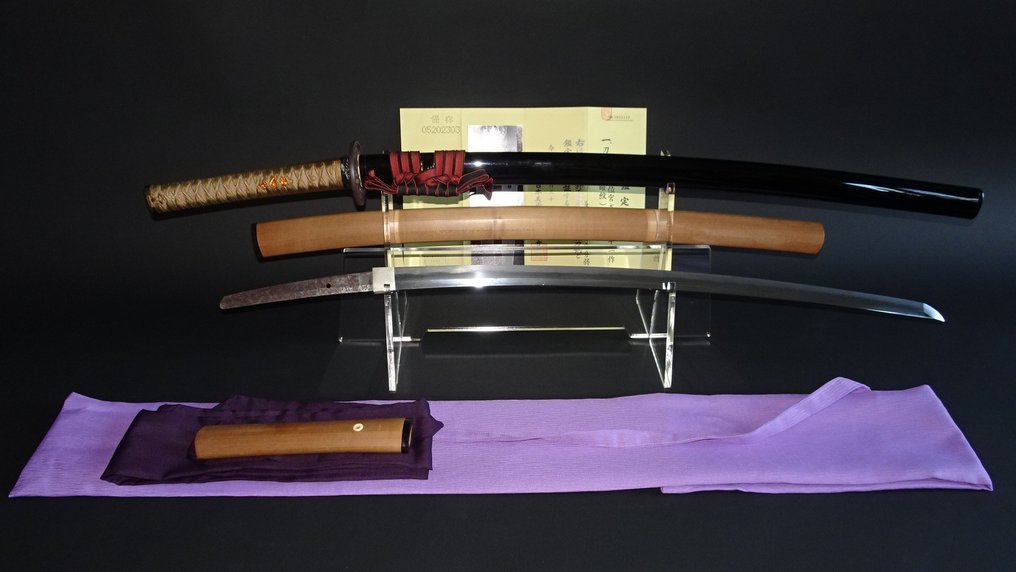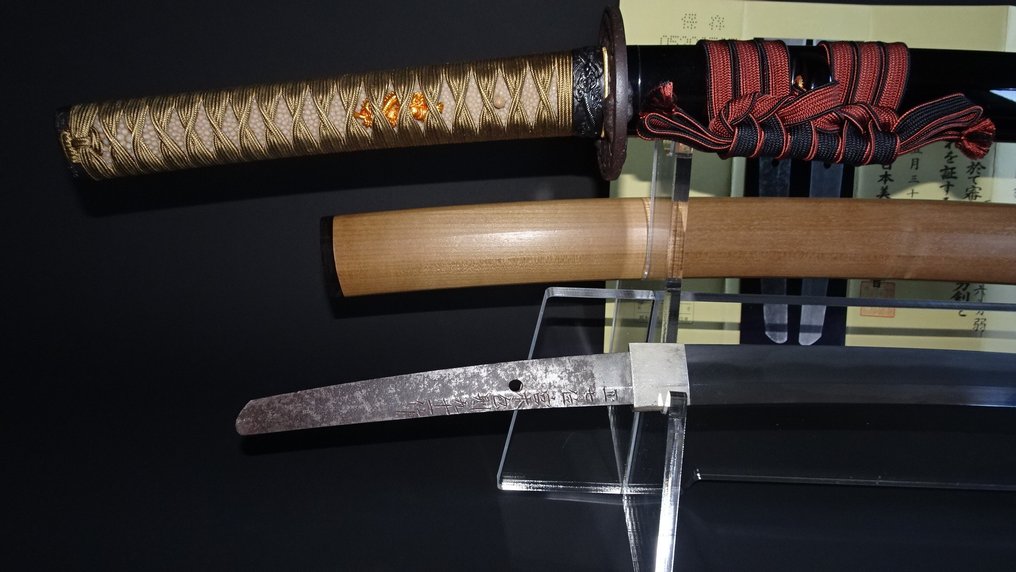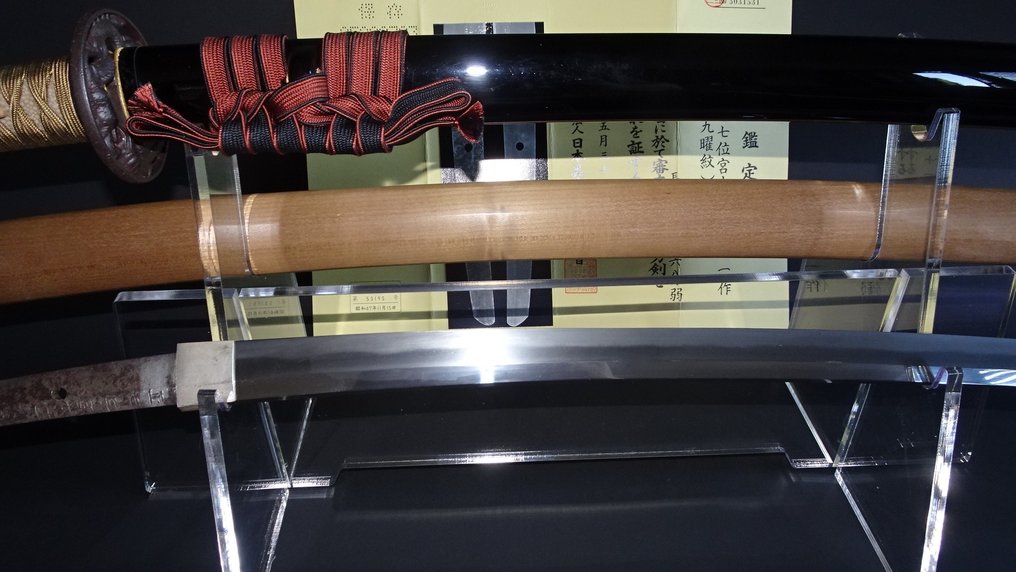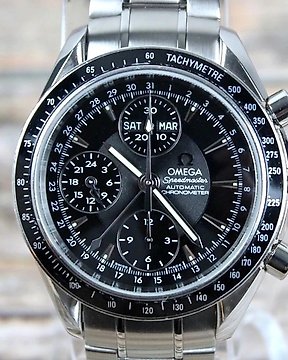Mentions légales
La description du lot a uniquement un but informatif. Le fait que cet article soit montré dans cette description de lot ne signifie pas qu'il a été physiquement vérifié par Catawiki en termes de sécurité ou de fonctionnalité. De plus, Catawiki ne tolère aucune activité illégale de quelque nature que ce soit et n'est pas responsable des dommages ou blessures causés intentionnellement ou non par la diffusion de cette information ou l'utilisation de l'article décrit ici. La vente, l'achat, le transport et la possession d'armes sont soumis aux lois et réglementations nationales. Veuillez vous assurer de prendre connaissance des lois et réglementations de votre pays avant de placer une offre. La vente d'armes à des personnes âgées de moins de 18 ans est interdite. En plaçant une offre sur ce lot, vous déclarez que vous avez 18 ans ou plus et que vous avez vérifié que vous avez le droit d'acheter légalement ce lot dans votre pays.
La description du lot a uniquement un but informatif. Le fait que cet article soit montré dans cette description de lot ne signifie pas qu'il a été physiquement vérifié par Catawiki en termes de sécurité ou de fonctionnalité. De plus, Catawiki ne tolère aucune activité illégale de quelque nature que ce soit et n'est pas responsable des dommages ou blessures causés intentionnellement ou non par la diffusion de cette information ou l'utilisation de l'article décrit ici. La vente, l'achat, le transport et la possession d'armes sont soumis aux lois et réglementations nationales. Veuillez vous assurer de prendre connaissance des lois et réglementations de votre pays avant de placer une offre. La vente d'armes à des personnes âgées de moins de 18 ans est interdite. En plaçant une offre sur ce lot, vous déclarez que vous avez 18 ans ou plus et que vous avez vérifié que vous avez le droit d'acheter légalement ce lot dans votre pays.














